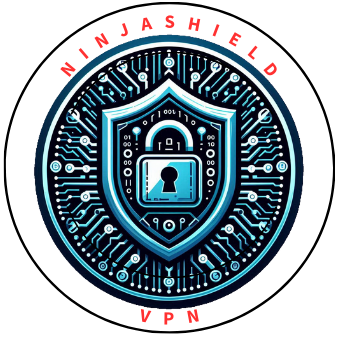VPNs sound techy and a bit confusing, right? But honestly, they’re just simple ways to keep your digital life private. VPN stands for Virtual Private Network. What it actually does is create a secure tunnel between your device and the internet, keeping your data safe from any prying eyes.
Privacy and security are a big deal these days, especially with so much personal info floating around online. A VPN acts like an invisibility cloak for your online activities, making sure your data is encrypted and only seen by those you trust.
Apart from the safety bubble, VPNs let you unlock content that’s restricted based on your location. Missing out on a show because it’s only available in another country? A VPN tricks those filters into thinking you’re browsing from elsewhere, giving you access to all kinds of stuff.
Then there’s the secure browsing aspect. No more worrying about using public Wi-Fi at cafes or airports. With a VPN, your connection stays private, even on shared networks. It’s about having control and peace of mind when you’re online.
Choosing the Right VPN: What to Look For
Picking a VPN isn’t just about grabbing the first one you see. You want to find something that’s right for your needs. Start by checking out the security features. Strong encryption and a no-logs policy are essentials. This means the VPN won’t store your browsing data, so even they can’t spill your secrets.
Speed and performance matter too, especially if you’re streaming or gaming. Slow speeds can really ruin the vibe. Look at some user reviews to see what others are saying about performance.
Don’t forget to weigh the cost against what you get. Some free VPNs can be tempting, but sometimes you get what you pay for in terms of quality and security. Paid VPNs often offer more features and reliable support.
Compatibility is key. Whether you’re on a Windows laptop at work, a MacBook at home, or juggling different devices, check that the VPN supports all your platforms and offers multiple connections. That way, you can protect every device, from your phone to your smart TV.
Good customer service can be a lifesaver. If anything goes wrong, you want someone helpful ready to sort it out. Look for VPNs with positive feedback on support. That way, you’re never left hanging.
Setting Up a VPN on Your Desktop: Step-by-Step Guide
Getting a VPN up and running on your desktop is easier than you’d think. For Windows users, start by downloading the VPN app from your chosen provider’s website. Run the installer, and once you’re set up, open the app and sign in. You’ll see a simple dashboard to connect to a server.
Mac users follow a similar path. Download the app from the provider’s site. Open the downloaded file, drag the VPN app into your applications folder, and launch it from there. After logging in, just hit connect, and you’re in business.
Ever thought about setting up a VPN directly on your router? This option covers every device using your network without the hassle of individual installations. You’ll need your router’s admin page and some support from your VPN provider’s website for specific steps, but once it’s done, you’re good to go.
Testing your connection is a must-do. Open any site and make sure your new IP matches the VPN server location. Having trouble? Check your VPN settings, restart your device, or hit up customer support.
If you run into common problems, like failed connections or slow internet, don’t panic. Most times, switching servers or using the app’s troubleshooting guide helps. Otherwise, check if your internet plan has enough juice to handle streaming or heavy browsing with a VPN.
Mobile VPN Setup: Stay Protected On-the-Go
Getting a VPN on your mobile device is pretty straightforward. On Android devices, head to the Google Play Store, search for your VPN app, and tap install. Open the app, log in, and hit connect. Simple as that.
For iPhone users, it’s the App Store where you’ll find your VPN app. Download, install, and tap to connect just like you would another app. With that done, you’re shielded on public Wi-Fi, whether it’s at a coffee shop or airport lounge.
Tweak your settings for the best mobile experience. Enable features like auto-connect for extra peace of mind, ensuring you’re protected as soon as you hop online.
Some VPNs come with mobile-specific features, like data-compression to help you save on your plan or dedicated servers for smoother streaming. Explore these in your app to get the most out of your VPN on the go.
Always check for updates to keep your app running smoothly. Updates often include security patches and new features that improve your mobile VPN experience.
Advanced Tips: Maximizing Your VPN Experience
Once you’re comfortable with the basics, it’s time to explore advanced features that make your VPN more than just a security buffer.
Split tunneling is nifty. It lets you choose which apps use the VPN and which don’t. Handy for accessing local services while streaming content from another region.
A kill switch is another must-have. It automatically cuts off your internet if the VPN connection drops, keeping your data safe from unexpected leaks.
Different VPN protocols offer various levels of speed and security. Familiarize yourself with options like OpenVPN, IKEv2, or WireGuard to get a balance that suits your needs.
Choosing servers wisely can improve both speed and access. Closer servers generally offer faster connections, while specific location servers can unlock content in that area.
Regular updates aren’t just about security. They often bring new features, improve performance, and fix bugs, ensuring you always have a tip-top VPN experience.
